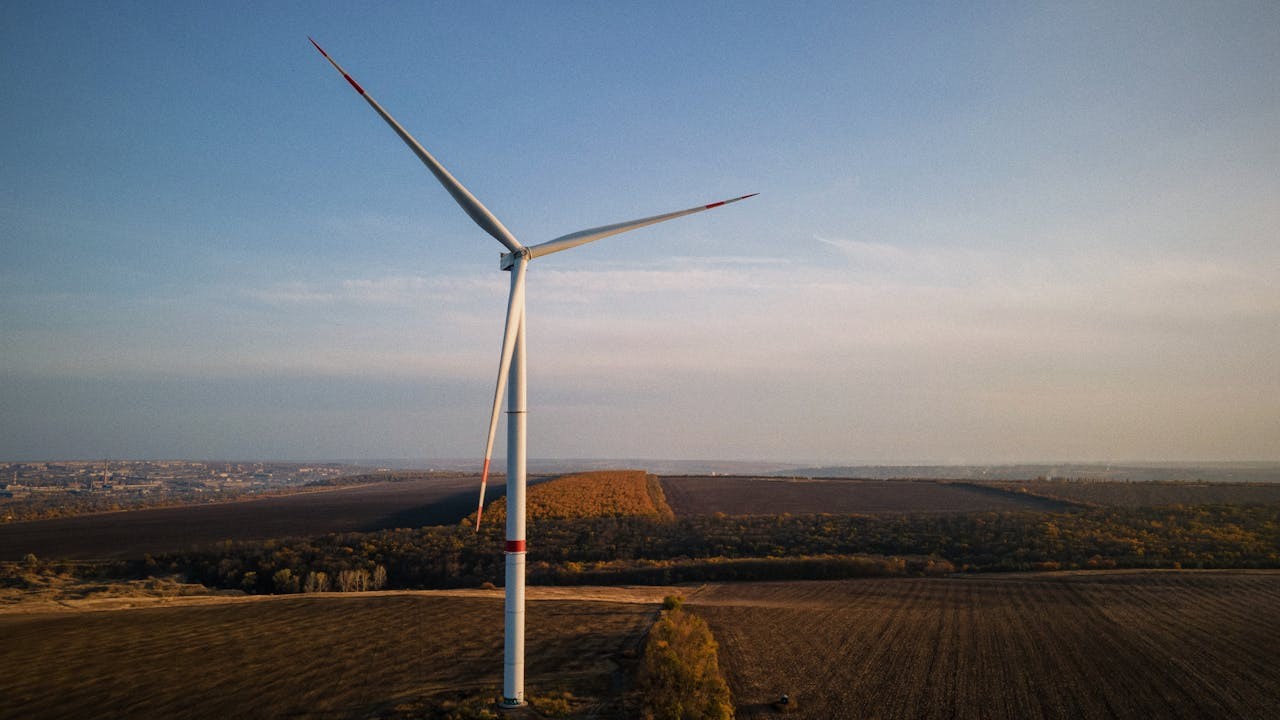The Future of Offshore Wind Energy in the UK

The UK entered the offshore wind sector with aplomb. Its inaugural offshore wind farm, the Blyth Offshore Wind Farm, was the world’s largest when it first went online in 2000. Forty seven turbines generated 2MW, giving the country its first taste of the power of offshore wind.
Since then, the UK has emerged as a world leader in offshore wind. With 2,695 offshore turbines in operation, it generates 14GW in capacity, accounting for around 20 percent of the global total.
Yet as impressive as its growth has been over the last two decades, its most industrious–and challenging–days lie within the next seven years. Ambitious renewable energy targets for 2030 demand the sector increase its capacity by a staggering 256 percent. Here’s how the UK offshore wind industry is gearing up for its most monumental expansion yet.
The Next Generation of Wind Farms To Go Online
Projects in the pipeline that are predicted to move faster than initially forecasted: Sofa, Neart na Gaoithe, Moray West, East Anglia Hub - THREE, and all three phases of Dogger Bank. Together, these installations are expected to generate 7.8GW in capacity, a significant contribution that will help hit the ambitious 50GW target by 2030.
Dogger Bank leads the next generation of wind farms, having generated first power this year. The site is currently the world’s largest offshore wind installation with 277 13MW GE Vernova Haliade-X turbines, the biggest installed in European waters. All the turbines are expected to become fully operational by 2026.
Floating Wind Sees Strong Commitment
While still in its early stages compared to the long history of fixed-based installations, floating wind technology is set to become a cornerstone of the UK’s energy landscape in the future. Floating wind is set to contribute 5GW or 10 percent of the UK’s total offshore wind capacity by the end of the decade. Looking even further ahead, it has the potential to expand to 34GW by 2040.
Late last year, the Crown Estate revealed plans for the next round of leasing for three floating wind developments off the coast of South Wales and South West England. With an anticipated capacity of 4.5GW, these projects will be the biggest of their kind in the world, clinching the UK’s position as a pioneer in this new area of offshore wind.
Higher ASPs & Annual Auctions
Spikes in production costs and inflationary pressures have rocked the UK’s offshore wind sector after years of strong growth. The most recent Allocation Round-5 (AR-5) failed to attract bids. Projects are being halted as developers watch profits shrink, no longer viable according to the Contracts of Difference (CfD) they were awarded, with costs rising by an average of 20 to 30 percent. A 40 percent rise in production costs forced the cancellation of Norfolk Boreas, which would have given the UK 1.4GW in capacity.
In an effort to stem the decline and raise confidence, the government has announced plans to raise Administrative Strike Prices (ASPs) for AR-6, alongside dedicating an auction pot for offshore wind. Prices will be increased by 66% for offshore wind projects and by 52% for floating offshore wind projects.
Alongside the much needed adjustment in prices, the government has also announced intentions to hold CfD auctions on an annual basis. Previously, rounds were typically held every two to three years, with the exact dates shifting according to policies and energy market conditions. “We recognise that there have been global challenges in this sector and our new annual auction allows us to reflect this,” says Energy Security Secretary Claire Coutinho.
Challenges on the Road to 50GW
The UK remains Europe’s leader in offshore wind capacity and projects in progress. By the middle of the decade, it’s predicted that the nation will have some 20GW in capacity, putting it considerably ahead compared to other European offshore wind leaders Germany and Sweden.
However, this means that the sector merely has five years left to more than double its current capacity, and industry leaders are sceptical about the UK’s ability to meet its goals. While 63 percent expect the country to have more than 30 GW by 2030, only 4 percent believe it can reach 50 GW, according to a survey by Newton Europe.
Aside from rising project costs, shortages along the supply chain and outdated infrastructure further compound the UK’s offshore wind woes. The majority of wind companies are struggling to fill positions for skilled professionals. Transmission systems and the natural grid will have to develop at a quicker clip to accommodate the number of offshore wind farms in the pipeline.
The Way Ahead
Halfway through the decade, the UK’s offshore wind industry finds itself standing at a juncture. While it remains a leader in offshore wind capacity and construction, daunting roadblocks lay on its path to achieving 2030 ambitions. Setbacks in the form of cancelled projects and supply chain disruptions have cast doubts on the sector’s ability to materialise its vision for offshore wind.
Yet despite the negative outlook in the short term, offshore wind remains central to the nation's energy transition. Projections indicate that offshore wind will emerge as the UK's largest source of electricity by 2030, comprising 26% of the country's total energy capacity.